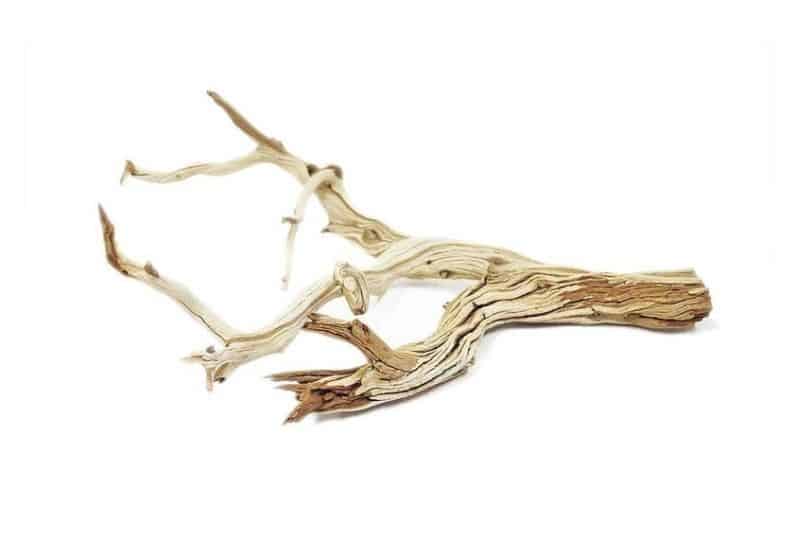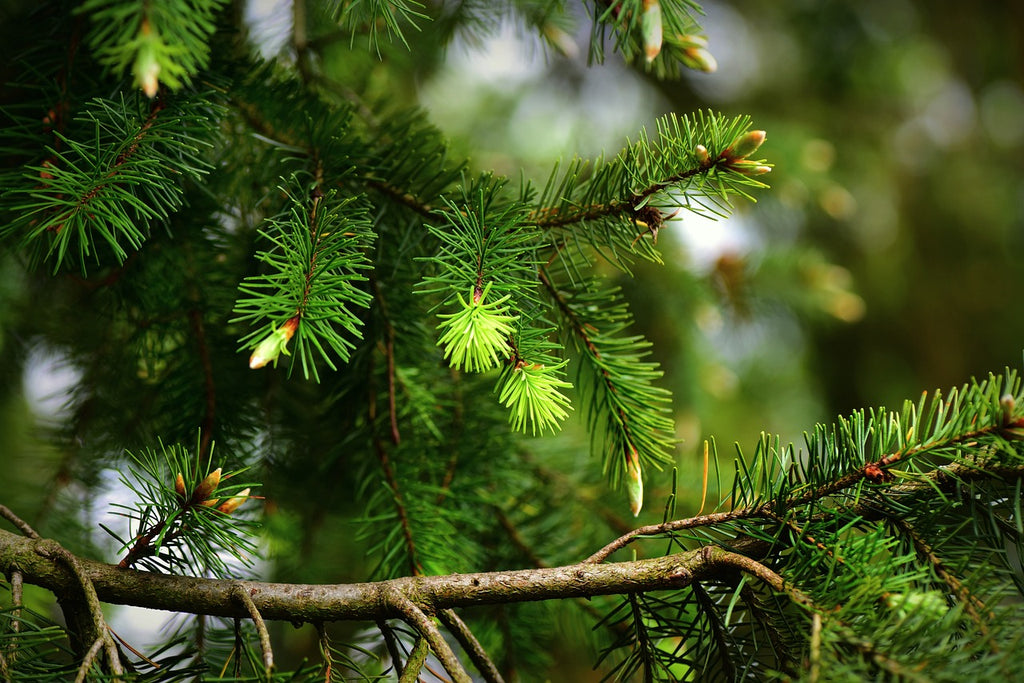Driftwood, spider wood, and manzanita wood are popular choices for terrariums. They are safe, durable, and visually appealing.
Choosing the right wood for a terrarium is essential for both aesthetic and functional purposes. Driftwood, spider wood, and manzanita wood offer distinct textures and shapes, enhancing the natural look of terrariums. Driftwood is often used for its unique, weathered appearance and natural beauty.
Spider wood provides intricate, branch-like structures that create interesting visual elements. Manzanita wood is known for its durability and resistance to decay, making it a long-lasting option. Each type of wood contributes to the overall health and balance of the terrarium environment, ensuring a thriving habitat for plants and animals.

Credit: terrariumtribe.com
Safe Wood Types
Choosing the right wood for your terrarium is crucial. Some wood types are safe and enhance the terrarium’s look. These woods do not harm the plants or animals inside the terrarium. Here, we discuss two such safe wood types.
Cork Bark
Cork Bark is a popular choice for terrariums. It is lightweight and durable. Cork Bark resists mold and does not rot easily. It is perfect for creating hides and climbing surfaces. Here are some benefits of using Cork Bark:
- Lightweight: Easy to place and adjust within the terrarium.
- Durable: Long-lasting and resistant to mold.
- Natural Look: Enhances the natural feel of the terrarium.
Grapevine Wood
Grapevine Wood is another excellent option. It has a unique twisted appearance. This wood is great for climbing animals. Grapevine Wood is sturdy and visually appealing. Here are some key points about Grapevine Wood:
- Unique Shape: Provides interesting climbing structures.
- Sturdy: Strong enough to support climbing animals.
- Attractive: Adds a beautiful, natural aesthetic to the terrarium.

Credit: www.thebiodude.com
Popular Choices
Choosing the right wood for your terrarium ensures a healthy environment. Different woods offer unique benefits and aesthetics. Below are some popular choices for terrarium enthusiasts.
Spider Wood
Spider Wood is a favorite among terrarium owners. It has a unique, twisted shape. This wood creates natural hiding spots for your pets. Spider Wood is also resistant to mold and decay. It provides a long-lasting structure in humid environments.
Here are some benefits of Spider Wood:
- Unique, twisted shape
- Natural hiding spots
- Mold and decay resistance
- Long-lasting in humidity
Mopani Wood
Mopani Wood is another excellent choice. It has a smooth texture and dual tones. One side is dark brown, and the other is a lighter hue. Mopani Wood sinks easily, making it perfect for aquatic terrariums.
Here are some benefits of Mopani Wood:
- Smooth texture
- Dual tones
- Sinks easily
- Perfect for aquatic setups
Both Spider Wood and Mopani Wood can enhance your terrarium’s look. They also provide functional benefits for your pets.
Exotic Options
Creating a terrarium with exotic wood options can bring a unique touch. Exotic woods often have distinctive textures and colors. These woods not only look stunning but also provide functional benefits. Let’s explore two popular exotic wood choices for terrariums.
Cholla Wood
Cholla wood is a popular choice for terrariums. It comes from the skeleton of the Cholla cactus. This wood is lightweight and has a unique, porous texture. It provides an excellent climbing structure for reptiles.
Cholla wood is also great for aquatic setups. It sinks naturally, making it ideal for fish tanks. Here are some key benefits:
- Lightweight and easy to position
- Provides natural hiding spots
- Promotes beneficial bacteria growth
Before using Cholla wood, soak it to remove any loose debris. This also helps to prevent water discoloration.
Manzanita Wood
Manzanita wood is another excellent option. It is known for its durability and unique appearance. Manzanita has a smooth texture and rich color, adding a touch of elegance to any terrarium.
This wood is resistant to mold and rot. It is perfect for both dry and wet environments. Here are some highlights:
- Long-lasting and durable
- Resistant to decay and mold
- Attractive natural look
Manzanita wood requires minimal preparation. Just rinse it before placing it in the terrarium. This ensures it is clean and safe for your pets.
Wood Preparation
Preparing wood for terrariums ensures a safe and healthy environment for your plants and animals. Proper preparation prevents mold, pests, and toxins from harming your terrarium. This section covers essential wood preparation steps, including cleaning methods and sterilization techniques.
Cleaning Methods
Cleaning wood removes dirt and debris. Start by brushing off loose soil and particles. Use a stiff brush for best results.
- Rinse the wood under running water.
- Scrub with a mild soap solution.
- Rinse thoroughly to remove soap residue.
Allow the wood to air dry completely. This step helps in preventing moisture-related issues in your terrarium.
Sterilization Techniques
Sterilization kills any remaining pests or microorganisms. There are several methods to achieve this.
- Baking: Place the wood in an oven at 200°F (93°C) for 1-2 hours. Ensure the wood does not burn.
- Boiling: Boil the wood in water for 30-60 minutes. This method is effective for smaller pieces.
- Bleach Solution: Soak the wood in a 10% bleach solution for 30 minutes. Rinse thoroughly and let it dry completely.
Choose the method that best suits the size and type of wood you are using. Proper sterilization ensures a safe environment for your terrarium inhabitants.
| Method | Duration | Temperature |
|---|---|---|
| Baking | 1-2 hours | 200°F (93°C) |
| Boiling | 30-60 minutes | N/A |
| Bleach Solution | 30 minutes | N/A |
These steps ensure your wood is clean and safe for use in terrariums. Proper preparation enhances the longevity and health of your terrarium setup.
Wood Maintenance
Wood in terrariums adds beauty and function. Proper maintenance keeps the wood healthy and safe for your plants and animals. Let’s explore how to care for wood in terrariums.
Preventing Mold
Mold can harm your terrarium’s ecosystem. Follow these tips to prevent it:
- Keep the terrarium clean: Regularly remove debris and dead leaves.
- Ensure good ventilation: Proper air flow reduces moisture build-up.
- Use a moisture meter: Maintain optimal humidity levels.
- Choose mold-resistant wood: Types like mopani and manzanita resist mold better.
Ensuring Longevity
Wood can last long with proper care. Here’s how to ensure its longevity:
- Seal the wood: Use non-toxic sealants to protect it.
- Avoid over-watering: Excess water can rot the wood.
- Inspect regularly: Check for signs of damage or decay.
- Replace when necessary: Swap out wood that shows significant wear.

Credit: bantam.earth
Wood Alternatives
Choosing the right wood for terrariums is essential. Some woods may rot or harm your pets. Wood alternatives can offer safe and durable options. These alternatives can be both artificial and natural.
Artificial Woods
Artificial woods are man-made materials. They look like real wood but are more durable. They are resistant to moisture and pests.
- Resin Wood: Resin wood mimics the look of real wood. It is waterproof and long-lasting.
- Plastic Wood: Plastic wood is lightweight and easy to clean. It is great for humid environments.
These materials are perfect for creating a safe habitat. They do not break down over time.
Natural Alternatives
Natural alternatives are eco-friendly and safe for pets. They come from sustainable sources.
| Material | Benefits |
|---|---|
| Cork Bark | Lightweight, mold-resistant, and easy to shape. |
| Bamboo | Strong, eco-friendly, and resistant to water. |
| Driftwood | Natural look, safe for most pets, and long-lasting. |
Using natural alternatives can create a natural habitat. They often blend well with the environment.
Conclusion
Choosing the right wood for your terrarium ensures a healthy environment. Each type offers unique benefits and aesthetics. Always consider factors like durability, resistance to rot, and safety. This helps in creating a thriving habitat for your plants and pets.
Explore different options to find the perfect match for your terrarium needs.
